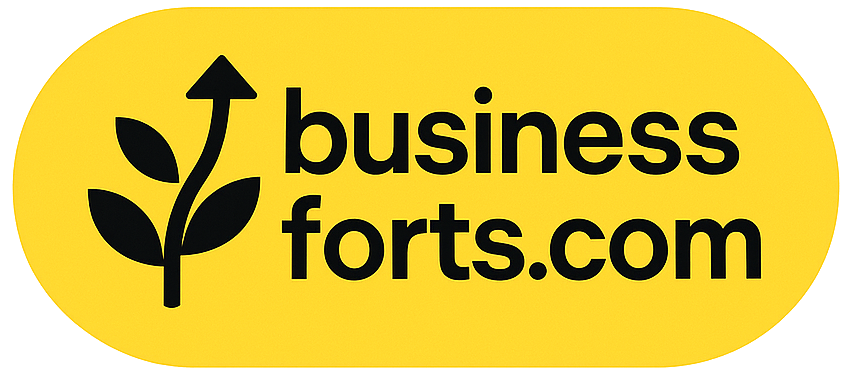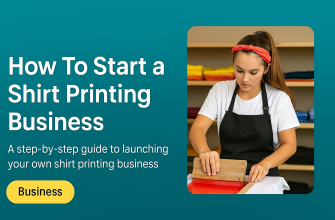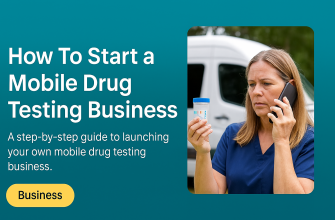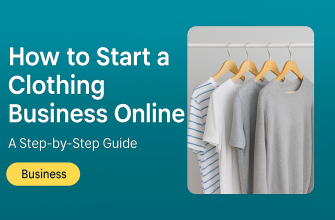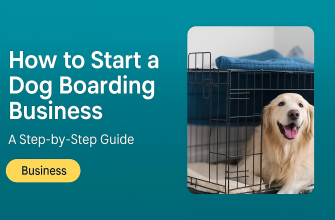The medical transportation industry offers women entrepreneurs a chance to build a profitable business with real impact. This growing sector—from emergency ambulances to non-emergency vans—addresses critical needs. In fact, the U.S. non-emergency medical transport market is projected to grow from about $6.6 billion in 2023 to $13.4 billion by 2031. With nearly 17% of Americans over age 65 in 2020 (and rising toward 22% by 2040), demand for safe rides to doctors’ appointments, dialysis, therapy and more is surging. Women already own about 43% of U.S. small businesses, and you can leverage that entrepreneurial spirit here. In this guide, you’ll get step-by-step advice on market research, niche selection, business setup, vehicles, staffing, marketing, funding and profitability – empowering you to turn empathy into a thriving med-transport business.
Emergency vs. Non-Emergency Medical Transportation
The medical transport industry includes both emergency and non-emergency services, which differ in urgency and setup:
-
Emergency Medical Transport: Urgent, life-saving trips (e.g. heart attack, stroke, severe injury) by ground ambulance or air ambulance. These rides have on-board medical equipment (oxygen, defibrillators) and trained EMTs or paramedics. No advance scheduling is needed, and costs are billed directly to insurance or Medicaid.
-
Non-Emergency Medical Transport (NEMT): Scheduled medical trips (dialysis, therapy, doctor visits, etc.), typically using wheelchair-accessible vans or sedans. These rides require advance booking and often state pre-authorization. Costs are billed through Medicaid or insurance, or paid by the patient.
Both types of transport serve important roles. Many startups begin with NEMT (steady appointment-based rides) and add emergency services later after securing the proper licenses.
Market Research and Choosing Your Niche
Begin by researching your local healthcare landscape. Where are the hospitals, clinics, dialysis centers, nursing homes, and senior communities? Check local demographic data for seniors and people with disabilities. Talk with healthcare providers and community groups: do patients struggle to find rides? Also survey existing providers. How many ambulance or NEMT companies serve your area, and what do they offer? You may find gaps – for example, no service late at night, or a nearby rural community with limited options.
Use this intel to choose a niche that matches demand and your passion. For instance, you could specialize in:
-
Wheelchair-accessible NEMT vans
-
Bariatric patient transport (vehicles equipped for larger patients)
-
Pediatric medical transport (children with chronic needs)
-
Non-emergency stretcher/gurney transport
Pick a niche that lets you provide specialized, compassionate service where it’s needed most. If you’ve worked with seniors or new mothers, for example, tailor your offerings to those groups. Ultimately, focus on a niche where your strengths shine and local demand is strong.
Registering Your Business & Legal Requirements
Once your plan is clear, make it official. Register your business structure (LLC or corporation, for liability protection) and obtain an Employer ID Number (EIN). Get a general business license from your city or county. Then address medical-transport-specific requirements:
-
Medicaid & State Permits: If you will bill government programs or insurers for NEMT, enroll as a Medicaid provider in your state. Also check for any special permits or licenses (for example, an ambulance license or a “Certificate of Need” for medical transport) required by your state’s health or transportation department.
-
Insurance & Compliance: Purchase commercial vehicle insurance (medical vehicles often cost more to insure), general liability insurance, and workers’ compensation if you hire staff. Train yourself and your drivers in CPR and first aid. Learn HIPAA privacy rules to protect patient information. Make sure all vehicles meet ADA standards (wheelchair ramps/lifts, securement systems) and pass regular safety inspections.
Taking these steps early builds credibility. The SBA’s Women’s Business Centers and Office of Women’s Business Ownership can help female entrepreneurs with planning and compliance guidance.
Vehicles and Equipment
Your vehicles are the heart of the business. Choose ones that fit your niche (e.g. modified vans for wheelchairs, ambulances for stretchers). Key points include:
-
Accessibility & Equipment: Outfit vans with wheelchair ramps or lifts and tie-downs for chairs. Stock each vehicle with first-aid kits, oxygen tanks (if needed), blankets, and sanitary supplies.
-
Purchase & Maintenance: Reliable vehicles are crucial. Budget tens of thousands per vehicle – used accessible vans might start around $16,000 and new models can approach $80,000. Consider leasing to lower initial costs. Whatever you buy, schedule regular maintenance and require pre-trip safety checks (tires, lights, brakes) to ensure reliability.
-
Professional Image: Keep vehicles clean and clearly branded with your company name and contact. A well-marked, well-maintained vehicle builds trust and acts as mobile advertising.
Staffing and Training
Even if you start small, plan your staffing:
-
Drivers & Medical Personnel: Hire dependable drivers with clean driving records. Many states require NEMT drivers to complete state-approved training; all drivers should have current CPR/first-aid certification. If you offer stretcher or ambulance services, employ licensed EMTs or Paramedics for patient care.
-
Support Staff: As you grow, hire dispatchers and schedulers to manage bookings, routing, and billing. These team members should be organized, empathetic, and good at customer service.
-
Training & Safety: Conduct background checks on everyone. Train your staff in safe patient transfers (proper lifting and wheelchair techniques) and in good communication and customer care. Emphasize punctuality, respect and compassion – these qualities set you apart.
Investing in a small but well-trained team will pay off in quality of service and referrals.
Marketing and Outreach
Let your community know you’re available:
-
Online Presence: Create a simple, mobile-friendly website listing your services, coverage area, and contact information. Use local keywords (e.g. “medical transport Houston TX”). Claim your Google Business listing to appear on maps. Encourage satisfied clients to leave online reviews.
-
Healthcare Networking: Connect with local hospitals, rehab centers, clinics, dialysis centers and nursing homes. Introduce yourself to social workers, discharge planners, and care coordinators – they frequently arrange patient transportation.
-
Insurance Partnerships: Make sure you’re an approved provider with Medicaid and any private insurers you plan to bill. Contact managed care organizations and insurance companies to have your service added to their provider list.
-
Community Engagement: Attend health fairs, senior expos, or support group meetings. Hand out brochures or give talks on transportation safety. When you deliver excellent service, ask clients for referrals and testimonials – word-of-mouth is powerful in healthcare.
Being visible and building relationships will grow your reputation. Focus on reliability and care; patients and families will remember that.
Funding and Profitability Outlook
Launching a medical transport company requires capital, but several options exist:
-
SBA Loans & Programs: The U.S. Small Business Administration offers loan programs (including ones for women entrepreneurs) and funds Women’s Business Centers that provide counseling on financing.
-
Grants & Contests: Look for local grants or pitch competitions that fund healthcare or transportation startups. Some nonprofits and economic development agencies support mobility projects, especially those serving seniors or people with disabilities.
-
Equipment Financing: Vehicles and equipment are costly. Consider leasing vans or taking out equipment loans to spread expenses over time.
-
Personal Savings: Many entrepreneurs use personal funds. In fact, about 53% of women-owned businesses report starting with personal savings. If possible, save ahead or begin with one vehicle to minimize borrowing.
What about profitability? The outlook is promising. Non-emergency trips are often reimbursed by Medicaid and insurance, providing steady revenue. The NEMT market is growing roughly 9% per year, and efficient operators can see healthy profit margins of 20–30%. Key strategies include maximizing trip volume (reducing empty mileage) and controlling costs (fuel and maintenance). As demand rises and reimbursement rates stabilize, a well-run company can become quite profitable over time.
Putting It All in Motion
Starting a medical transportation company is challenging but deeply rewarding. As a woman entrepreneur, you bring empathy, organization and leadership to this vital industry. Women already own nearly half of U.S. small businesses, and industries like healthcare transportation benefit from our perspective. Your dedication to reliability and compassionate care can literally save lives and improve access to essential services.
Each safe ride you provide makes a difference – whether it’s a cancer patient getting chemotherapy on time, a senior visiting the doctor, or a newborn reaching specialty care. You’ll not only build a successful business but become a critical part of your community’s healthcare network. Stay connected to mentors and resources (like SBA women’s centers or entrepreneur groups) and keep learning as you grow. With careful planning, hard work and heart, your medical transportation venture can thrive. You have the vision and drive – now steer your path forward.
